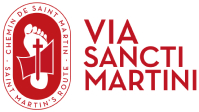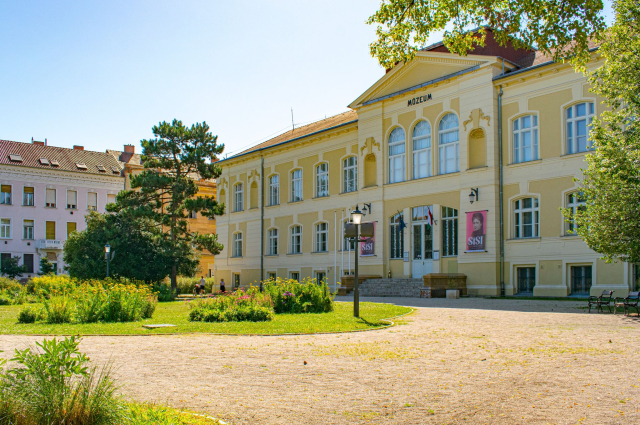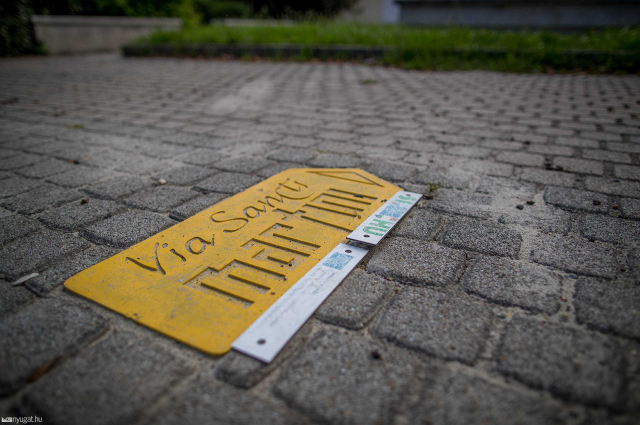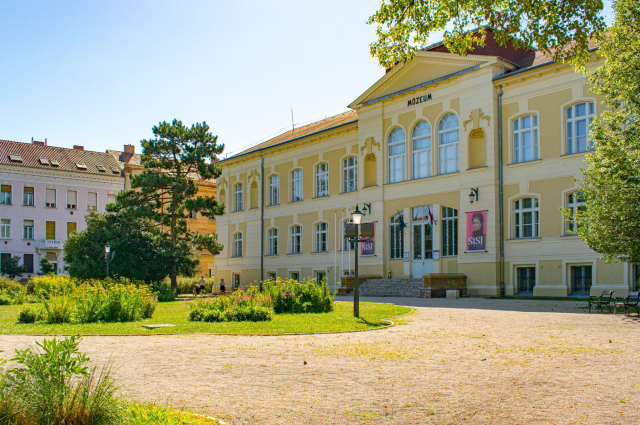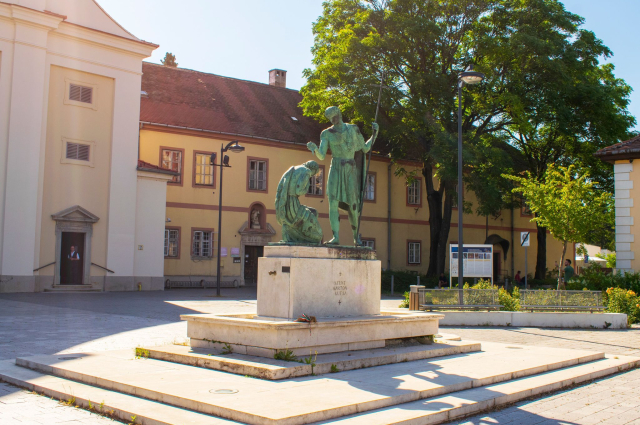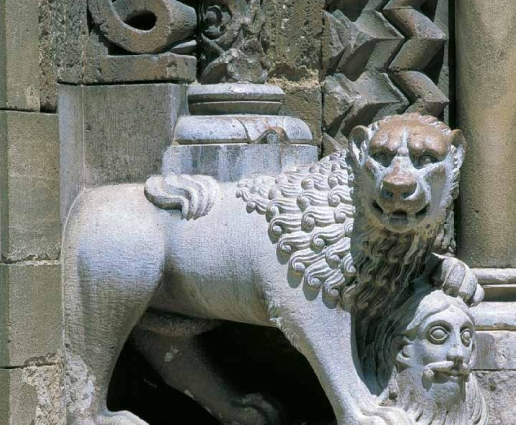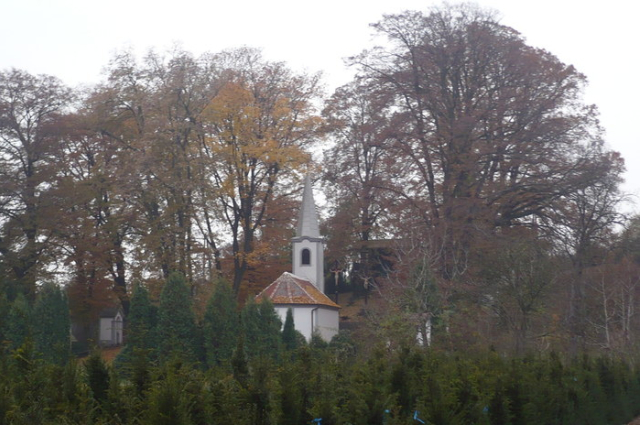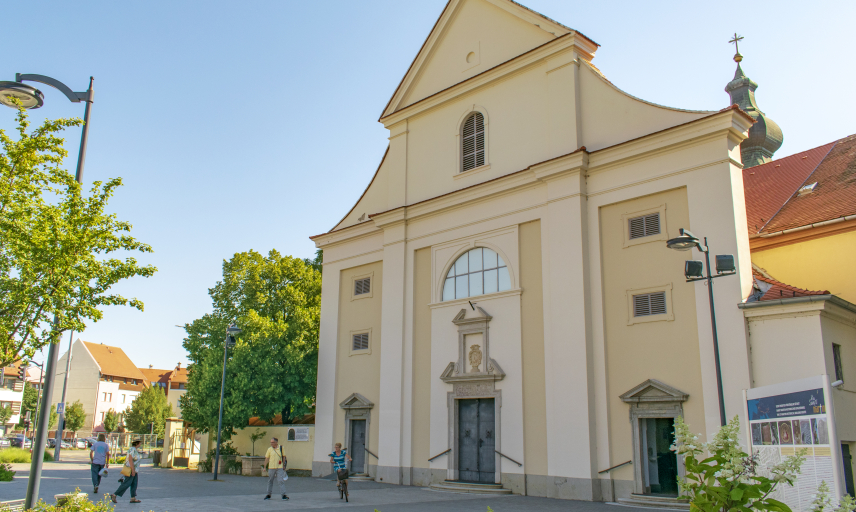
Stop point - Szombathely

The people of Szombathely are particularly close to the person of Saint Martin. Above the entrance to the chapel of the church dedicated in his honour is the inscription HIC NATUS EST SANCTUS MARTINUS, meaning 'Here was born Saint Martin': Szombathely is faithful to the cult of Saint Martin and is building international relations with European cities that played a significant role in Martin's life. The 'European Saint Martin's Cultural Route' from Tours to Szombathely, the symbol of the VIA SANCTI MARTINI, the bronze footprint of Saint Martin, was placed on the steps of the chapel of Saint Martin's Church in 2005. The parish next to the church is home to the Saint Martin Visitor Centre, where pilgrims following in the footsteps of Saint Martin are welcomed by a valuable exhibition.
The history of St. Martin's Church in Szombathely
In the eastern part of Szombathely, in the village of Szentmárton, which once existed as an independent village, stands the church dedicated to Saint Martin. In Roman times, the eastern cemetery of ancient Savaria was located here, along the road leading to Arrabona (today's Győr). In the 4th century, an early Christian cemetery was established on the site, and several gravestones have survived. In one of the chapels of this cemetery, the body of St Quirinus, Bishop of Sicily (Sisek), who was martyred in Savaria in 303 during the Christian persecutions, may have been briefly buried. There are several indications that after the abandonment of Pannonia, the Christian community that remained in the area continued to use its cemetery.
In October 791 Charlemagne returned to his country via Savaria from his unsuccessful campaign against the Avars. The reason for his visit may have been to visit the birthplace of Bishop Saint Martin of Tours, who was the patron saint of his family and of the entire Frankish Empire.
After the reorganization of the Oriens (Eastern) province in 829, Savaria became the seat of the earldom, the centre of the earldom of the Rába. Afterwards, the burial chapel on the consecrated ground, the site of the former Christian cemetery, was converted into a church. This church, certainly called St Martin's, was certainly already standing in 860. In terms of its status, it was the parish church and remained so in the following centuries. A cemetery continued to operate around it, as was the custom of the time. In Savaria, which played an important strategic role in the organisation of the Hungarian church and state, and which was situated next to the Roman Amber Road, which was still in use at the time, a wooden church was built on the site of the earlier church during the reign of St Stephen, and was replaced by a brick church with a semicircular sanctuary and a similar floor area a few decades later, perhaps during the reign of King St Lazarus. The first mention of this church is found in the bull of Pope Pascal II of 1102, which is the first mention of it among the properties of the Benedictine Abbey of Pannonhalma.
Around 1230, this situation changed, since by this time the town of Szombathely, together with its parish church, had become the property of the Bishop of Győr, obviously by royal donation. The church was subsequently enlarged and painted in the late Romanesque style. A document dated 1360 mentions a stone well in front of the church. According to tradition, St. Martin baptised his mother with the water of this well.
In the 15th century, the church was rebuilt in the Gothic style. At that time it was the second parish of Szombathely, next to the castle church, but by the 16th century it had become the only parish again. The town records from 1606 show that in the first half of the 17th century the town repeatedly repaired and rebuilt its parish church. In 1638, however, Bishop György Draskovich of Győr gave the church and all its possessions to the Dominican Order, which had reestablished itself in Hungary at that time, and moved the parish to the castle church.
- Szombathely
